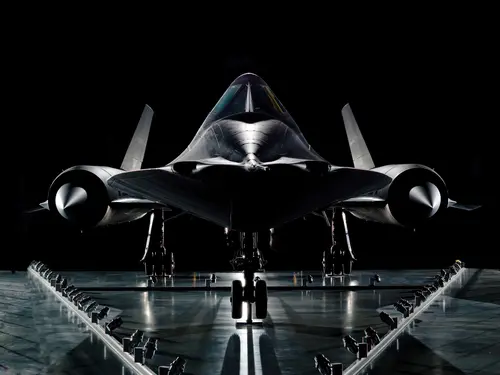
World War II German Aviation
On September 1, 1939, as the ground forces of Nazi Germany swept into Poland and precipitated World War II, bombers of the Luftwaffe, the German air force, conducted the war’s first air strikes. During the next year, the Luftwaffe played a principal role in the German Blitzkrieg conquest of almost all of Western Europe. These early successes spurred the perception that the German war machine, including the Luftwaffe, was invincible.
Yet less than six years later, despite having produced extraordinarily advanced aircraft and weaponry, Germany lay totally defeated, its cities in ruins, and its air force destroyed as an effective instrument of war.
The story of the rise and fall of the Luftwaffe illustrates not only the effective use of airpower and expansion of industrial output under difficult conditions, but also the effects of faulty military strategy and mismanagement of aircraft development programs. It also underscores the consequences of the German belief that advanced technology could prevent defeat in the face of overwhelming Allied numerical and material superiority.



